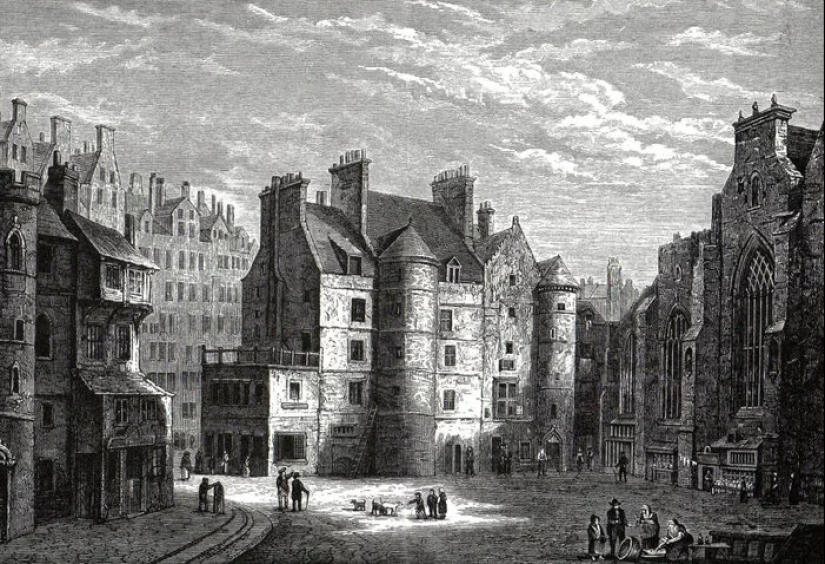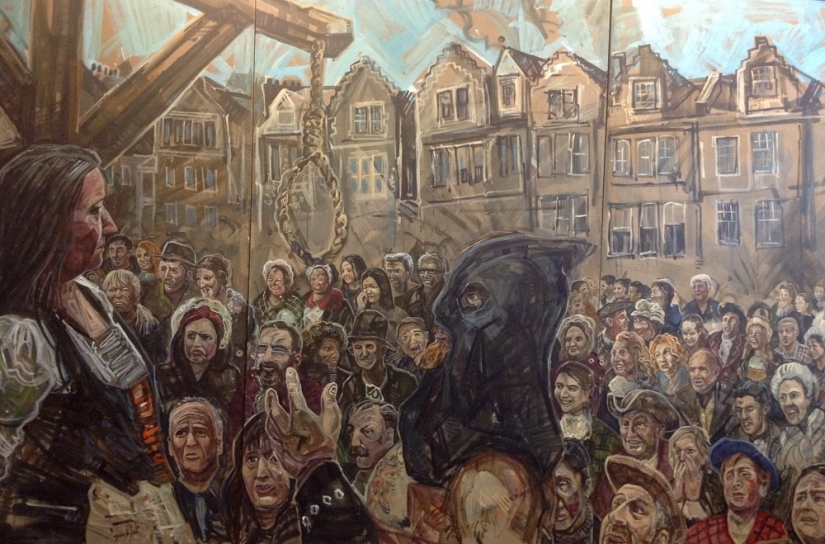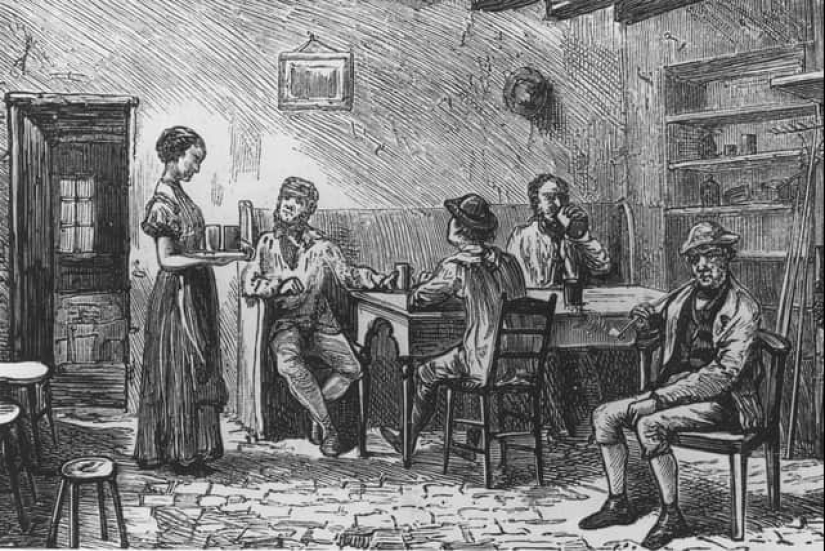The story of the "Half-Hung Maggie" who managed to survive the death penalty
By Pictolic https://pictolic.com/article/the-story-of-the-half-hung-maggie-who-managed-to-survive-the-death-penalty.htmlNowadays, in countries where the death penalty is still practiced, they do not leave the condemned a single chance. If the criminal survived, the execution will be repeated until he dies. But earlier the rules were different, and if the executed managed to stay alive, it was believed that God's forgiveness was granted to him. Thanks to this custom, the Scottish Margaret Dixon, unsuccessfully hanged in 1724, escaped death.

Margaret Dixon was born in 1702 into a family of poor peasants on a farm near Edinburgh. It is not known exactly how Maggie's childhood passed. Her biography is covered in detail in court documents only from the age of majority. The girl got married at the age of 21 and together with her husband moved from her home to the small town of Kelso. There she got a job as a maid in a hotel.

But when Dixon was 23, her husband left her. This was immediately taken advantage of by the girl's employer, insidiously seducing her. Soon Maggie realized that she was expecting a child from the innkeeper. The birth of an illegitimate child at that time was a terrible disgrace that could erase the whole life.

So Maggie, after giving birth to the baby, wrapped him in rags and threw him into the river. But the girl did not manage to hide her pregnancy from others. Soon the neighbor had a question — where is the child? The woman denounced Maggie to the guardians of the law, she was arrested and taken to Edinburgh. At first, Dixon denied everything, but when the child's body was found on the shore, she confessed to what she had done. But she insisted that the baby was born dead and she just got rid of the body.
Forensic medicine in the 18th century could not determine for sure whether Maggie was lying or not. But the doctor who performed the autopsy of the deceased child said that he drowned. After that, the leniency of the court could not be counted on. After a short meeting, the infanticide was sentenced to death.

On September 2, 1724, 23-year-old Margaret Dixon was hanged in a square in Edinburgh. When it became clear that Maggie was not breathing, the executioner took her out of the noose and allowed her to take the body. The city chronicles say that a real battle unfolded near the corpse of the hanged woman. There were a lot of people who wanted to take over the body. The applicants were connoisseurs of alternative medicine, medical students who wanted to get a dead man for autopsy, and relatives of the executed.

In the end, Maggie's relatives won. The girl's body was put in a specially stored coffin and taken by cart to her native village to be buried. But in the middle of the journey, an incredible thing happened. There was a banging and groaning from the wooden box. When the lid was opened, Maggie left the house without assistance and appeared in front of a shocked audience. She felt so good that the rest of the way she walked briskly next to the cart.

The resurrected Dixon was examined by a doctor and, apart from a trace on her neck from a rope, did not find any health problems. The incident was immediately reported to the authorities. But there was nothing they could do — the laws of the Kingdom forbade executing twice for one crime. Since providence intervened in the fate of the infanticide, she was forgiven. Soon Maggie continued to work at the hotel.

The owner of the establishment was delighted with the "Half-hung Maggie", as she was nicknamed by the people. People poured into the hotel in droves to see Margaret miraculously survive. The rooms were never empty, and the inn on the ground floor was always packed with visitors.

The subsequent fate of Margaret Dixon turned out well. She met a new love, got married and had children. "Half-hung Maggie" lived a long life by the standards of the 18th century. She died at the age of 60 in bed, surrounded by her family. This amazing woman was not forgotten. Her story is described on a board outside an Edinburgh pub bearing her name — Maggie Dickson.
Recent articles

The blue whale, or bluewalker, is the largest animal currently living on earth. Some individuals reach a length of 33 meters and ...

In modern cinema, there is nowhere without special effects. We present you fantastic examples of superimposing special effects from ...

Even mathematical geniuses are not strangers to simple human joys. They also want to dress beautifully, drive expensive cars and ...